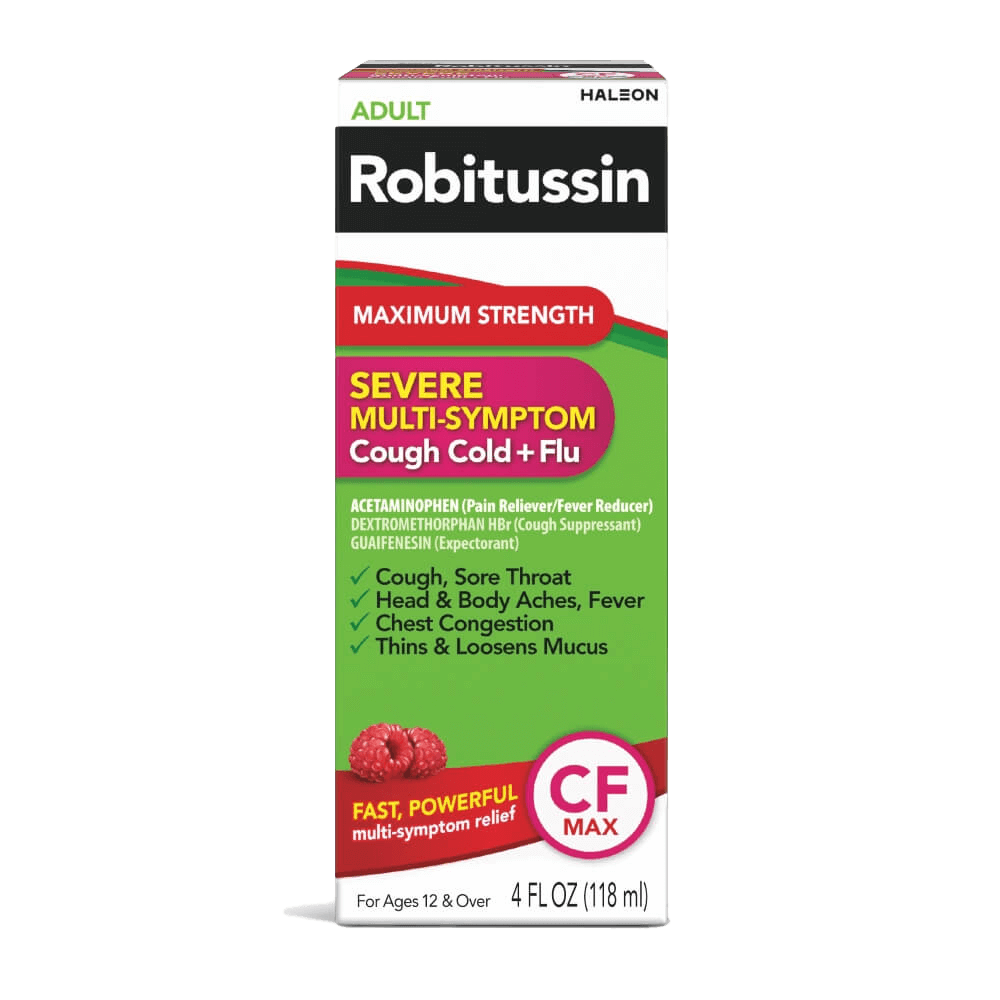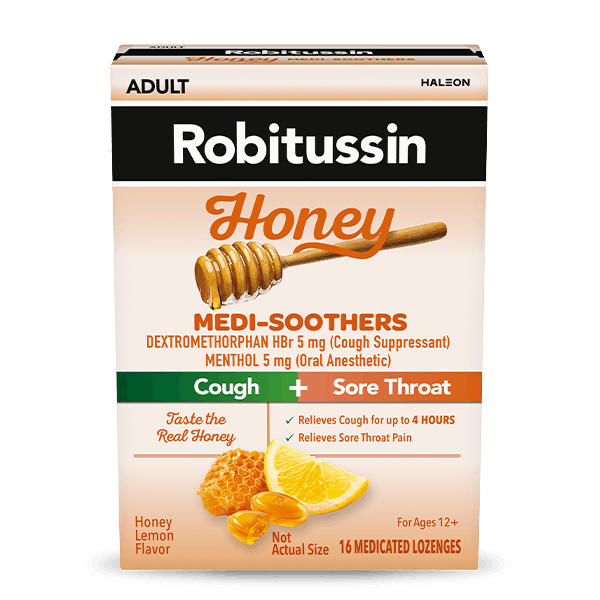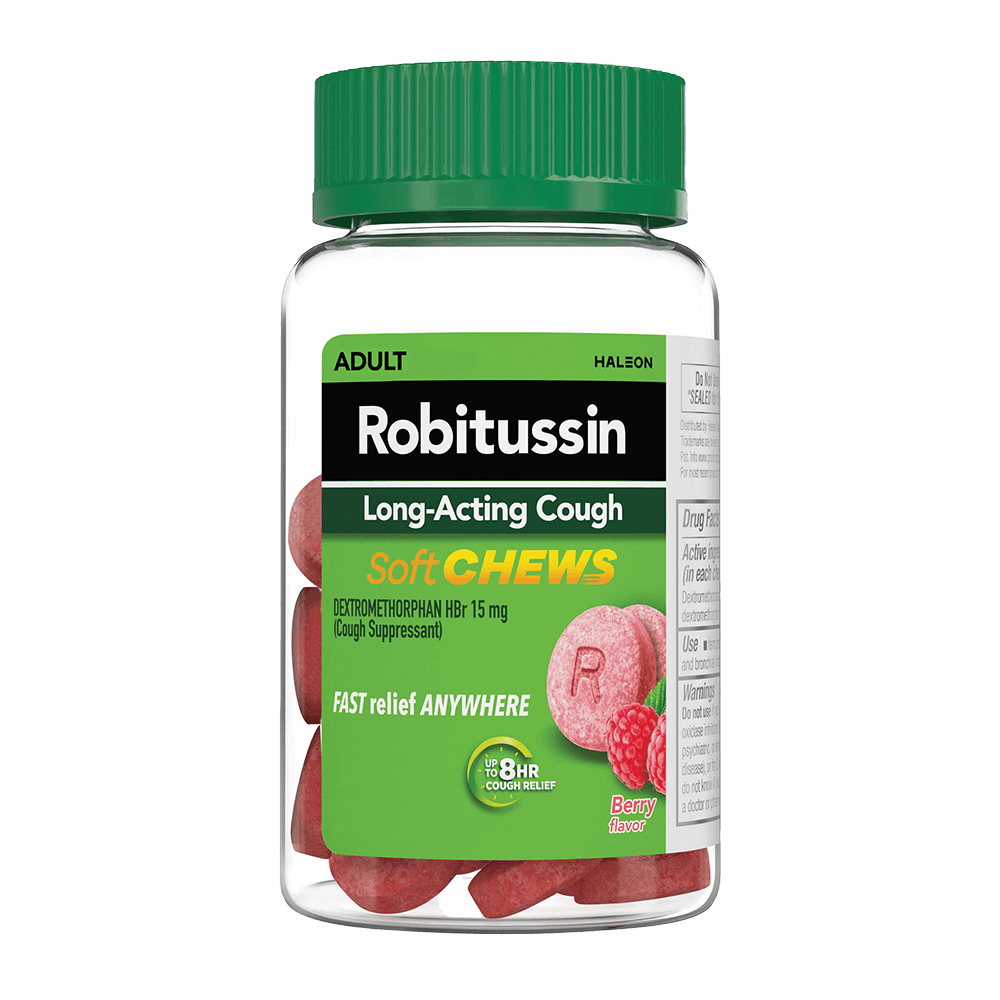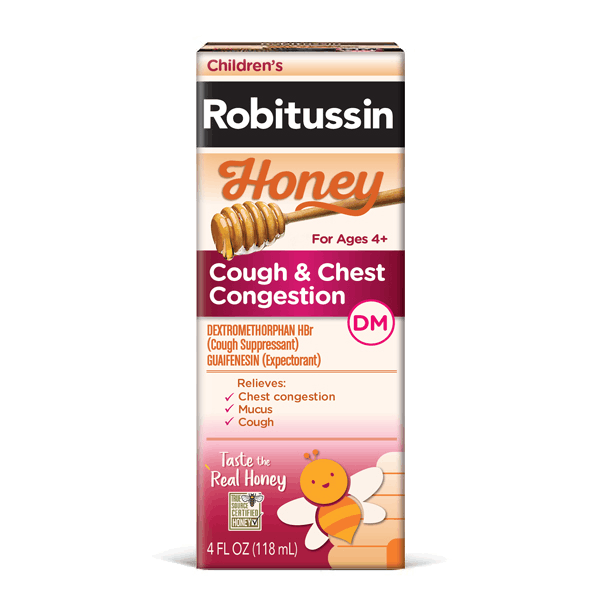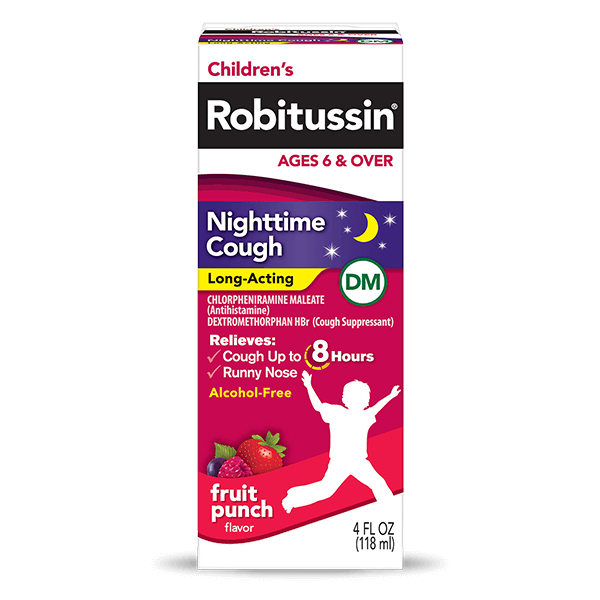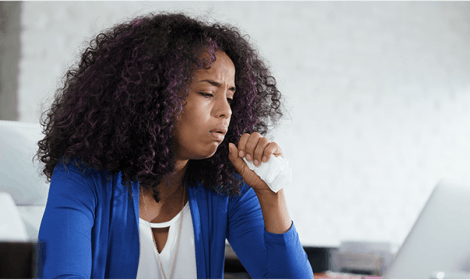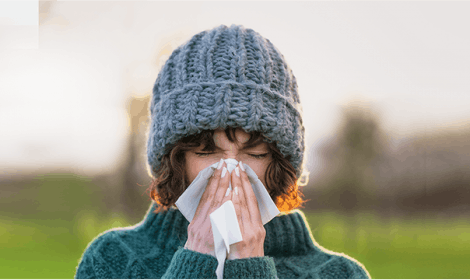What Is Post-Nasal Drip?
Our body produces one to two quarts of mucus daily. Mucus helps your body fight infection, moisturize your nasal passages and filter out inhaled particles and foreign matter.1 We typically swallow mucus unconsciously throughout the day, but sometimes we feel mucus draining down our throat or dripping from the back of our nose. This uncomfortable sensation is called post-nasal drip, and it usually occurs when our mucus increases in thickness or volume due to various conditions.1,2 Symptoms of post-nasal drip can get worse at night or while lying down.3
Some symptoms of post-nasal drip include:2
- Increased swallowing
- Throat clearing
- Raspy or gurgling speech
- Throat pain
- Feeling a lump in the throat
- Coughing
- Swollen tonsils

What Causes Post-Nasal Drip?
Learning the cause of your post-nasal drip and treating it accordingly is the best way to alleviate your symptoms. Post-nasal drip is caused by two different types of mucus: excessive thin, clear secretions and excessive thick secretions.1 Excessive thin, clear secretions can be caused by viruses, allergies, spicy food, temperature changes, hormonal changes and various medications. An increase in thick secretions usually happens in winter due to dry heat, dehydration, bacterial infections, food allergies or drying antihistamines.1,2 If your secretions turn dark yellow or green, you might be developing a sinus infection.2,3
Some additional causes of post-nasal drip can include:2,4,5
- An overly sensitive nose (vasomotor rhinitis)
- Aging
- Pregnancy
- Gastroesophageal reflux disease
- Chronic sinusitis
Acid reflux and other swallowing problems can feel like post-nasal drip, but they might just be making you more aware of your usual drainage. If swallowing becomes difficult, mucus can take longer to go down, leading to the sensation of a lump in the back of the throat.4
Diagnosing Post-Nasal Drip
It’s important to determine the underlying cause of your post-nasal drip before treating your symptoms. Your doctor might need to examine your sinuses, perform an endoscopy, take X-rays or perform allergy skin tests to understand what’s causing your post-nasal drip.2,3
Allergy skin testing can help you determine what you’re allergic to so you can avoid it in the future. During a typical test, your doctor exposes you to a small amount of allergens and monitors your body’s reaction. If your skin becomes swollen and red, you might be sensitive to that substance.3
How to Treat Post-Nasal Drip
Treatment for post-nasal drip varies depending on the underlying condition. Bacterial infections are typically treated with antibiotics, and you can manage your symptoms with saline sprays, decongestants and nasal irrigation devices.2
Chronic sinusitis occurs when your sinuses—the spaces inside your nose and head—become inflamed or swollen for at least three months.5 This condition affects the way mucus drains down your throat, which leads to post-nasal drip. Treatment for chronic sinusitis includes managing your allergy symptoms, avoiding polluted air and cigarette smoke, and adding a humidifier to your home.5 Some severe cases may require surgery on their nasal passages.2
Since post-nasal drip is often a symptom of allergies, avoiding the allergen can improve your symptoms. Treatments for allergies include antihistamines, decongestants, and steroid nasal sprays. In adults and children 12 years and older, the steroid nasal sprays should not be used for more than 6 months continuously without consulting a doctor.
In children, the nasal spray should not be used for more than 2 months continuously without consulting a doctor. Immunotherapy in the form of an allergy shot or a drop behind your tongue can also provide relief and desensitize you to the allergen.6
If your post-nasal drip is due to acid-reflux, lifestyle changes can provide relief over time. These include elevating the head of your bed, not eating two to three hours before lying down, and eliminating trigger foods from your diet. Antacids and drugs that block the production of stomach acid (PPIs) can also provide relief.6
How to Loosen Mucus in the Throat and Nose
If you don’t know the underlying cause of your post-nasal drip, you can try these general tips for thinning your mucus secretions. Increasing your water intake and avoiding caffeine and alcohol, especially as you age, loosens mucus and prevents dehydration. Expectorants like guaifenesin, which can be found in many Robitussin products, thin mucus secretions in the air passages and throat. Nasal irrigation products can remove thick secretions from your nasal passages. You can irrigate two to four times a day using an irrigation nasal spray bottle filled with OTC or homemade solution. A simple saline spray can also help thin mucus and keep your nasal passages moist.6
Source Citations:
- **True Source Honey is ethically and transparently sourced. Click here to learn more
- ^Read more about our non-GMO standard. here
- ⚬This product contains the active ingredients Dextromethorphan.
- **This product contains the active ingredients Dextromethorphan and Guaifenesin.
- *These statements have not been evaluated by the Food and Drug Administration. This product is not intended to diagnose, treat, cure or prevent any disease.
- Use as Directed.

